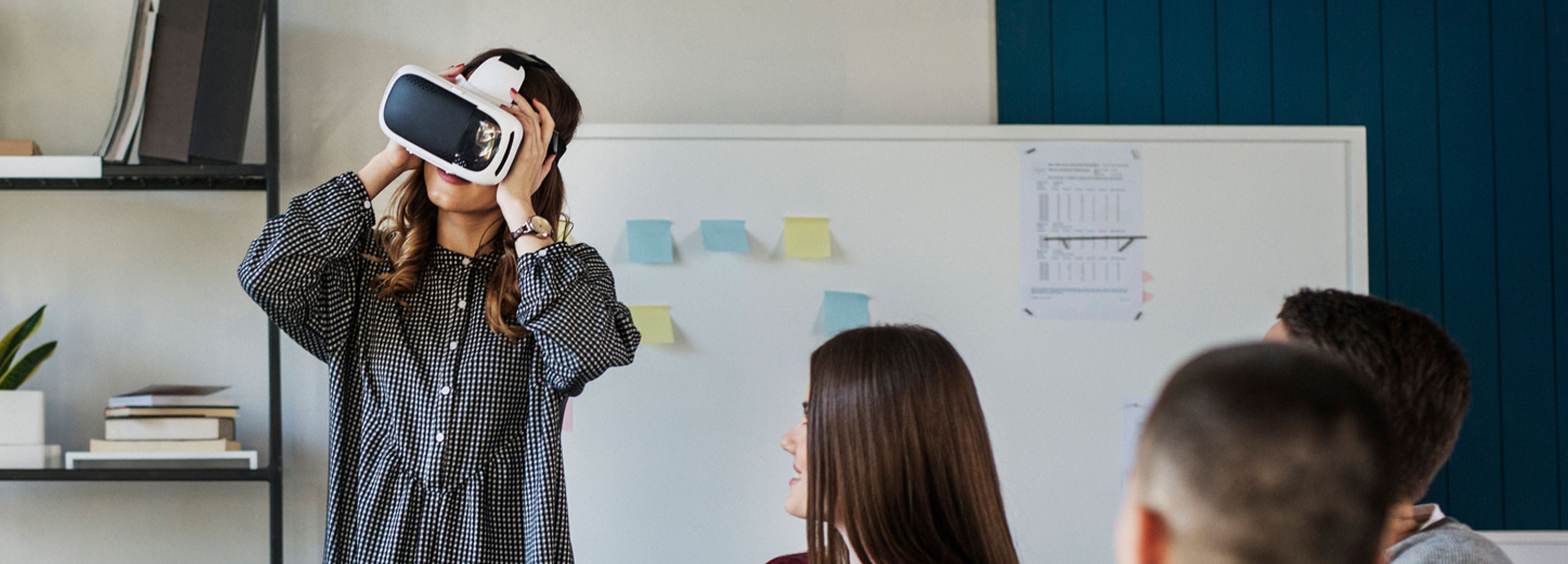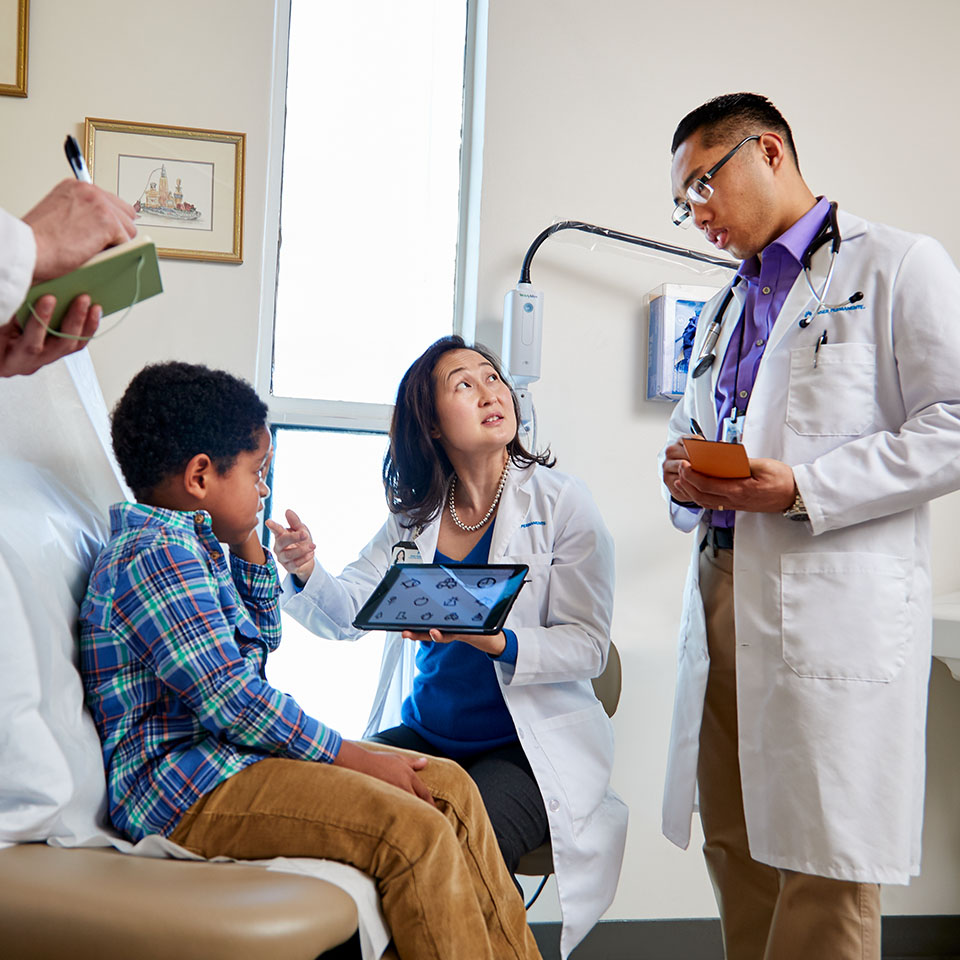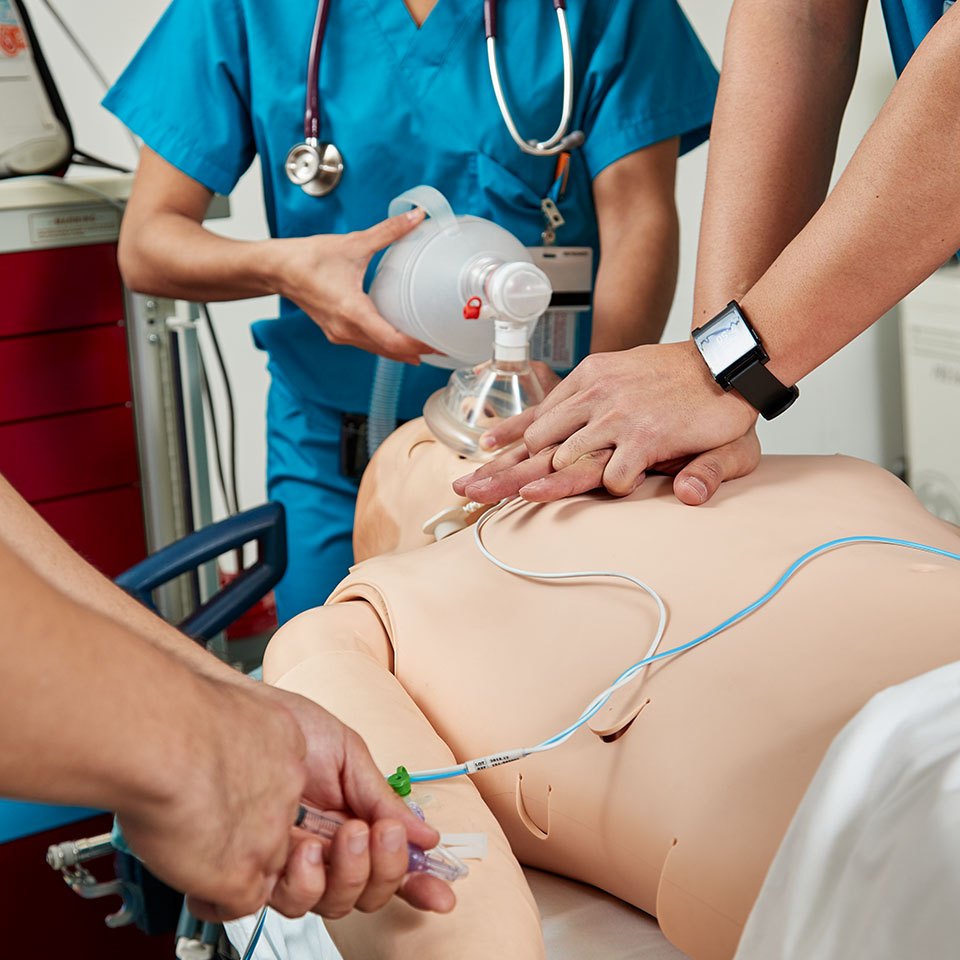
Innovating Study for Tomorrow’s Physicians
Medical science is constantly evolving, as new discoveries, knowledge, and technologies expand our capabilities and offer new paradigms. We believe that how we approach educating tomorrow's physicians should also evolve. At the Kaiser Permanente Bernard J. Tyson School of Medicine, we’ve created a cutting-edge curriculum by synthesizing the latest concepts in learning sciences with educational technologies and new ideas about the skills required to be a 21st-century physician.
At the school, you'll experience this curriculum in the context of an integrated healthcare system, with a dynamic faculty, dedicated staff, and a cohort of passionate peers.
Redefining Physician Training
The school's distinct take on a contemporary medical education is built on an academically rigorous spiral curriculum, which revisits concepts with increasing complexity over your four years. The classroom instruction during the first two years is organized around cases that integrate the three pillars of the curriculum: Biomedical Science, Clinical Science, and Health Systems Science. Clinical learning begins in the first weeks, as you step into a weekly clerkship in primary care and community settings. Woven throughout are a course and coaching program focusing on your wellness and lifelong learning skills.
Get more information about a four-year academic journey at the school by exploring the following topics:
Academic Calendar
Stay on top of upcoming academic events at the school.
Academic Policies
Peruse our Catalog and learn more about our assessment methods and degree requirements.
Educational Program Outcomes and Professionalism Attributes
Review the outcomes our curriculum is designed to develop for all KPSOM graduates

It All Starts with Patient Care
At the beginning of the first school year, you'll work alongside physicians to observe and receive guidance on caring for patients.
You'll also experience firsthand how physicians collaborate with a wide range of health professionals, such as nurses, social workers, and pharmacists, to deliver high-quality care and achieve meaningful patient outcomes.
A Hands-On Environment
Bridging our clinics and classrooms, the school’s state-of-the-art Simulation Center lets you gain valuable experience through a variety of healthcare scenarios. In this 8,800-square-foot immersive learning environment, you will practice and learn multiple skills, such as:
- Patient interviewing and advanced communication skills with actors trained as standardized patients
- Physical examination with actors trained as standardized patients and anatomical models
- Documentation, note-taking, and ordering labs and imaging studies in the electronic medical record
- Management of urgent medical situations with life-like mannequins
- Clinical procedures with part-task trainers that model portions of the body
- Communication skills required to practice in interprofessional teams
Our Simulation Center provides a safe learning environment as you practice new skills and gain confidence in your ability to handle situations with real patients in our clinics and hospitals.

Tech-Powered Learning
The school's Anatomy Resource Center (ARC) gives our students new and exciting ways to learn about the human body. In this innovative facility, you'll master the anatomical sciences through a combination of traditional case-based instruction as well as virtual learning.
The diverse instructional methods used in the ARC include:
- Presentations that integrate surface, regional, and cross-sectional anatomy with histology and radiology
- Human cadavers preserved by plastination
- Advanced augmented platforms and virtual microscopy interfaces
- Diagnostic imaging tools, such as portable ultrasound units
By merging the best of conventional and future-facing approaches to anatomical study, the ARC provides a new standard for medical education, giving students access to both hands-on lab work and simulated experiences.

Research Resources
The school's students have access to enriching resources that support and extend classroom-based study, including libraries, databases, and digital resources.
Frequently Asked Questions
Find answers to some of the most common questions about studying at the school.
The Office of Medical Education
Our administrators are committed to ensuring the school's curriculum meets our own rigorous academic standards. They oversee the entire four-year medical curriculum, including the integration of Biomedical, Clinical, and Health Systems Sciences.